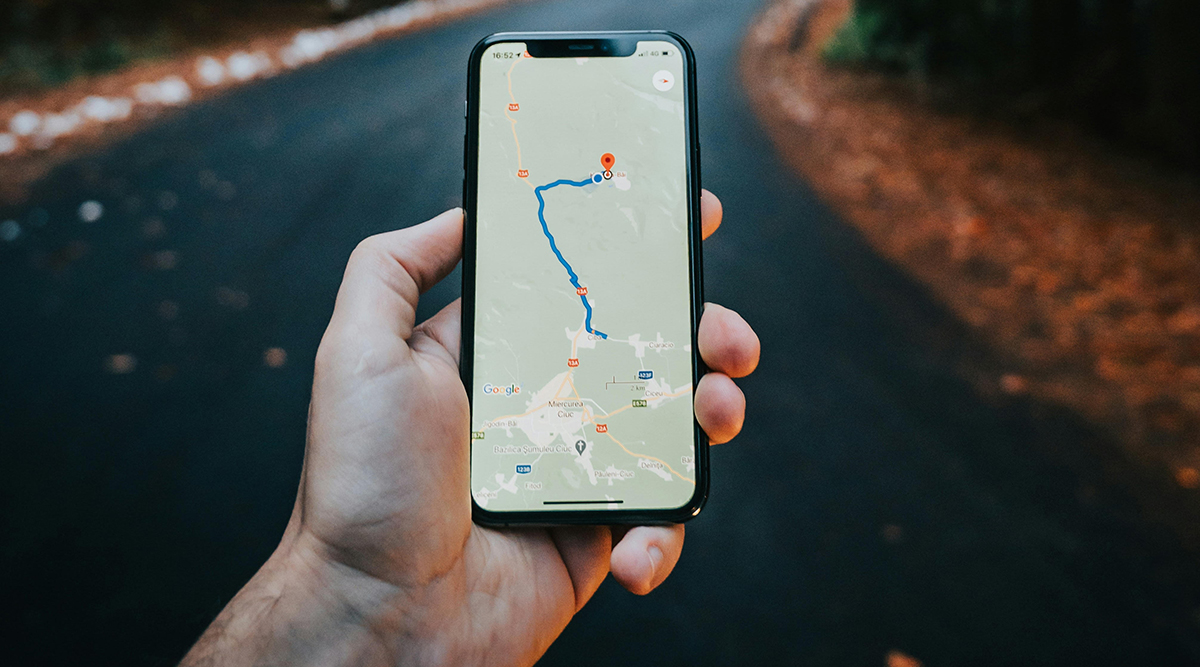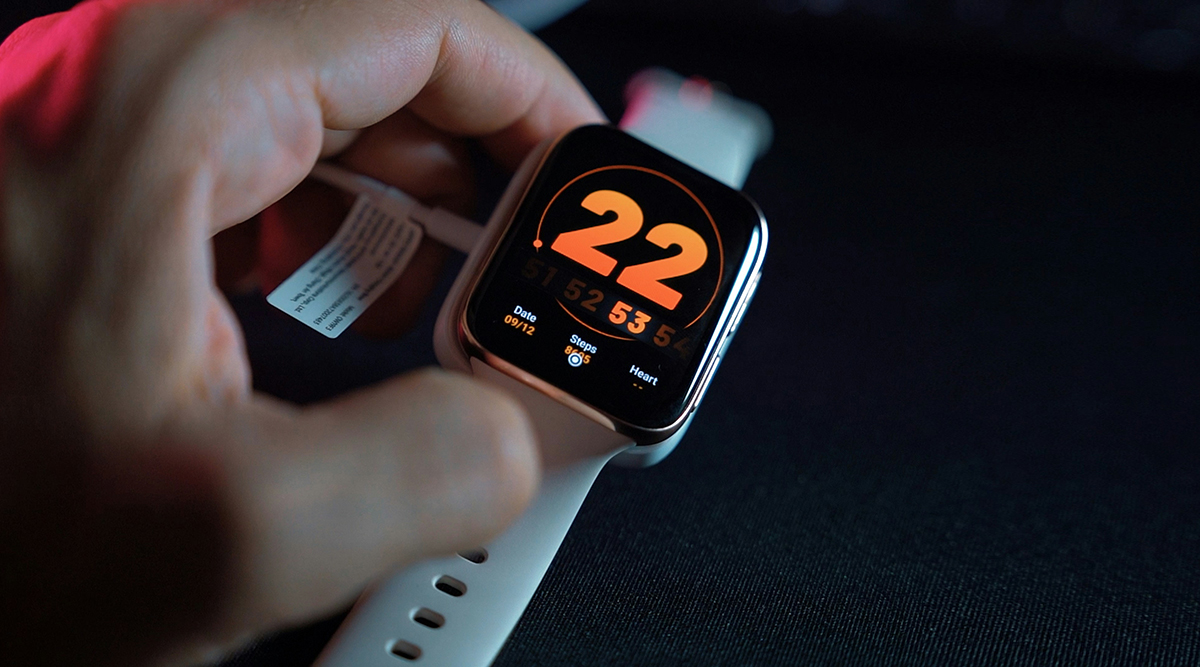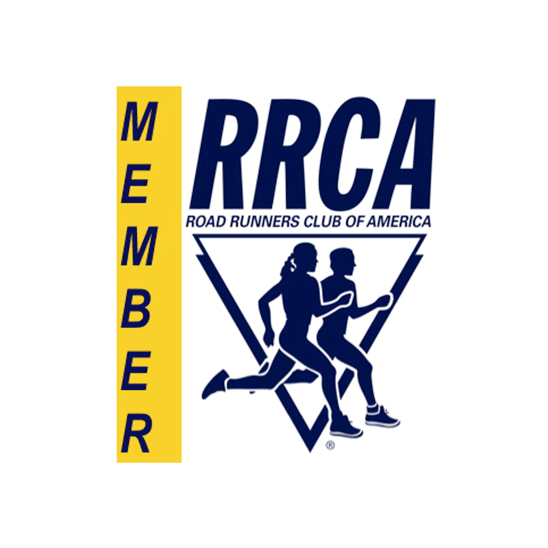For athletes (and if you are a Legger, you are an athlete) water is an essential link to performance. Water acts to cool our body during physical activity. Our bodies sweat to cool us down. However, sweat also depletes our body’s waters content.
Not drinking during exercise harms our body’s ability to regulate our body temperature. As we get dehydrated, blood that transfers oxygen to the muscles is diverted to skin to help eliminate heat. In other words, not replacing water during training/racing slows you down.
How much water do we need? The average person needs at least 2 quarts (1.89 L) of water each day. For longer mileage or more intense workouts (speed work), we need to add to that amount to prevent dehydration.
How to determine how much water you need? The common thought was drink when you’re thirsty. That really doesn’t work for a lot of us. Here’s a quick way to learn what your body needs: Before starting a mid-week, weigh yourself without your clothes. Then, get dressed and go out on a 1 hour run or walk. Come home, get out of your clothes and weigh yourself. You should see a weight loss. That is the water you have lost during an hour and that is the amount of water you should replace each hour you are training/racing. It may seem like a lot but depending on your speed, it could be a few ounces every 15 minutes.
What about Electrolyte/Sports Drinks? These drinks can be very helpful especially if you are training over an hour. A good sports drink contains sodium and carbohydrates and electrolytes. Electrolytes are elements such as sodium, chloride and potassium. When we sweat, we lose sodium and chloride and we need to replace these elements to prevent cramping. Some athletes use salt tablets or add a small amount of salt (½ tsp. or less) to their drinks.
How much is too much of a good thing? Hyponatremia is low blood sodium. Instances of hyponatremia are generally the result of over-hydrating with water or sodium-free drinks. It can be a life-threatening condition. Cramping is often a sign of low blood sodium, as are the symptoms of heat stroke below. In other words, either too little salt or too little water can look very much the same.
Learn to recognize the symptoms of heat stroke and heat illness. This is a medical emergency. Symptoms of heat stroke: Lack of sweat and the skin is hot and dry, disorientation, vomiting, headache, loss of consciousness. If you recognize these symptoms in a person, call 911 immediately.
Heat illness has some similar symptoms: weakness, chills, goose bumps, nausea, headache, faintness, disorientation, muscle cramping, and cessation of sweating. Get the person in shade, have them drink. If necessary, call 911.
If you have any questions concerning any of the above, you may want to talk to your mentor or contact training@laleggers.org
~
For some quick tips about how to get what you need on your long runs and walks, check out this short video from Leggers 101:
And if you want to review your options for carrying water, see this video from Leggers 101:





